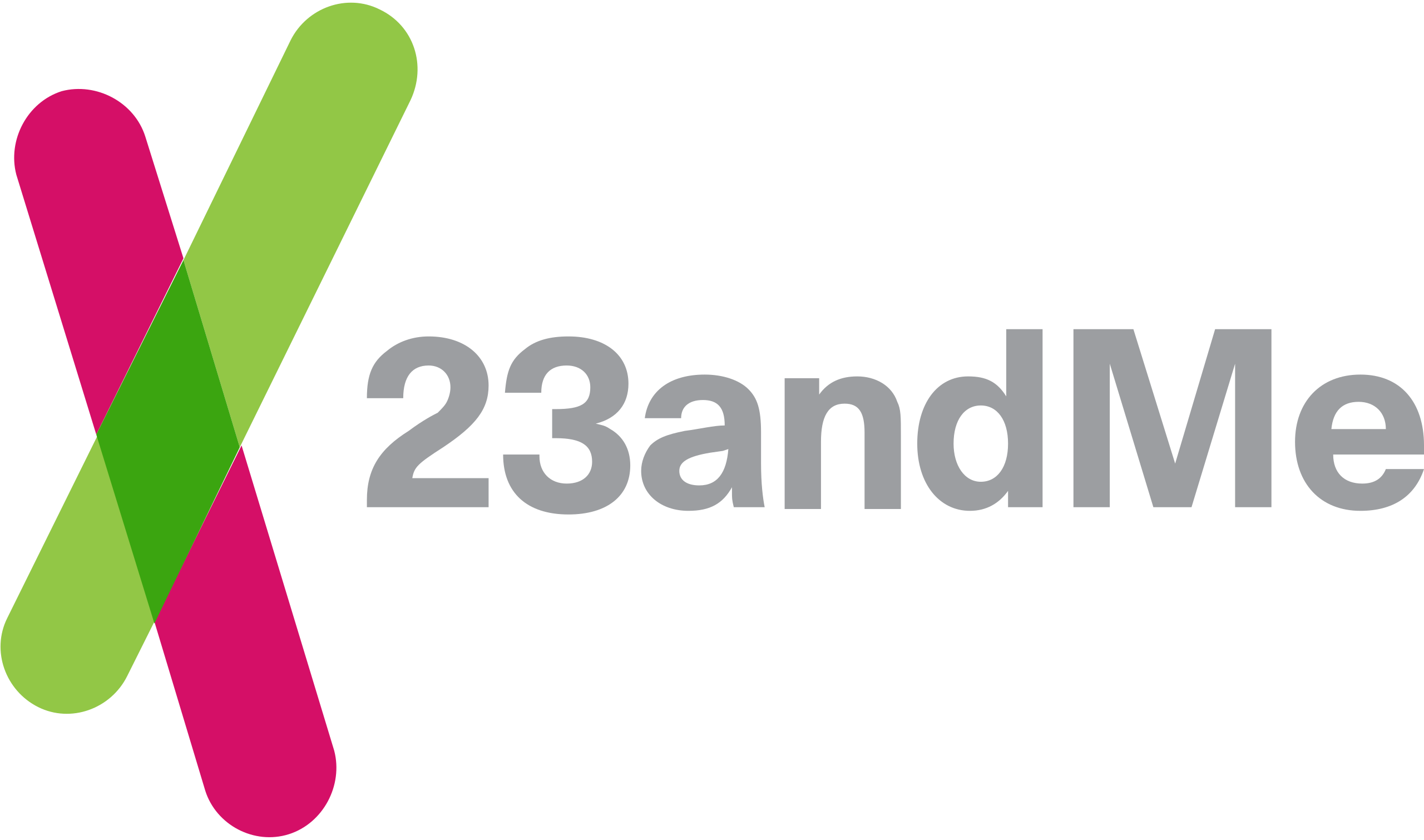The last year has been one of security stories that refuse to die. The first that really caught my attention was the breach of Okta’s support system in October that ended up as headline news every time they provided an update. However, the more recent story that never ends is 23andMe breach from December. The most recent headline “23andMe Blames Users for Recent Data Breach as It’s Hit With Lawsuits” and it was certainly an *ahem* unpopular view amongst the breached users. Though, I think the answer of “who’s to blame” is more nuanced and worth a little disection.

When diving into the complex challenges of authentication security, it’s crucial to acknowledge the inherent risks associated with password reuse. In today’s digital age, reusing passwords across multiple platforms is akin to leaving duplicates of your house key at various locations – it’s an open invitation to burglaries. Although it’s understandable that managing numerous passwords can be daunting, the use of a password manager is strongly recommended to mitigate this personal risk.
When considering the role of companies like 23andMe in safeguarding user data, it’s evident that while they can enforce robust password policies, these measures are often circumvented by users opting for minor variations of the same password. This practice, although seemingly secure, fails to significantly enhance security. Additionally, measures like mandatory password changes every 90 days often lead to predictable patterns, which again compromise security and are why mandatory rotation is no longer best practice.
An alternative approach involves comparing user-entered passwords against databases of known compromised passwords, such as Have I Been Pwned. However, this strategy is often met with user resistance, indifference or outright revolt. Similarly, monitoring for unusual login activity, such as differing IP addresses, can be problematic given the prevalence of shared IP addresses in numerous common locations, leading to false alarms and inconvenience.

One of the more effective strategies is requiring email verification for logins from new devices. While this can be seen as an inconvenience, it significantly enhances security in situations like 23andMe. Additionally, the offering of Multi-Factor Authentication (MFA), which 23andMe had at the time of breach, is a commendable step. As evidenced by my personal experience as a 23andMe customer, having MFA enabled, along with a unique, lengthy password, provided effective protection against direct account compromise.
The balance between security and usability in B2C environments is delicate. Companies can provide various tools to enhance security, such as strong password requirements, MFA, and social media authentication options, but user preference often leans towards the path of least resistance. This tendency can inadvertently undermine security measures. It is important to recognize that if companies were to mandate stringent measures like compulsory MFA it might lead to user backlash. Despite its obvious benefits MFA is rarely a requirement in sectors outside of banking.
So who’s really at fault?

It is essential to recognize that in the context of the December 23andMe breach, both customers and company share some level of responsibility, yet neither party can be held entirely accountable for the security breaches. The fundamental issue stems from a blend of human behavioral patterns and the inherent vulnerabilities of traditional password systems. Human nature tends towards seeking convenience and ease, often at the expense of security. This inclination leads to practices such as reusing passwords across multiple platforms, creating a significant security risk. Furthermore, the traditional password system, despite its widespread use, is increasingly inadequate in the face of sophisticated cyber threats. Passwords, no matter how complex, remain vulnerable to a variety of attacks, including phishing and brute-force attempts. The prevalence of such security breaches highlights the fragility of password-dependent security measures in today’s digital landscape.
To address these challenges, a shift towards more robust and user-friendly security methods is essential. Innovative solutions like Passkey offer a promising alternative, eliminating the need for traditional passwords and thereby reducing the risk of common attack vectors. By leveraging advanced cryptographic techniques, Passkey systems provide a higher level of security while also catering to the user’s preference for simplicity. The move towards such methods is not just a technological imperative but a necessary adaptation to the evolving nature of cyber threats and user behavior. Ultimately, embracing these advanced security solutions is key to protecting online identities and ensuring a safer digital environment for both users and companies.

